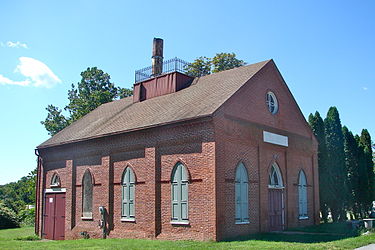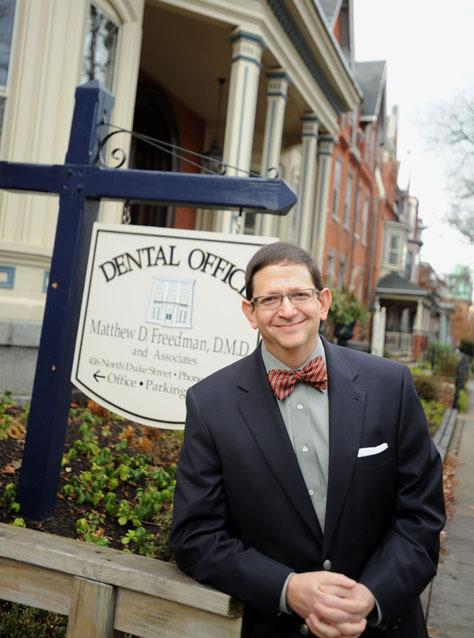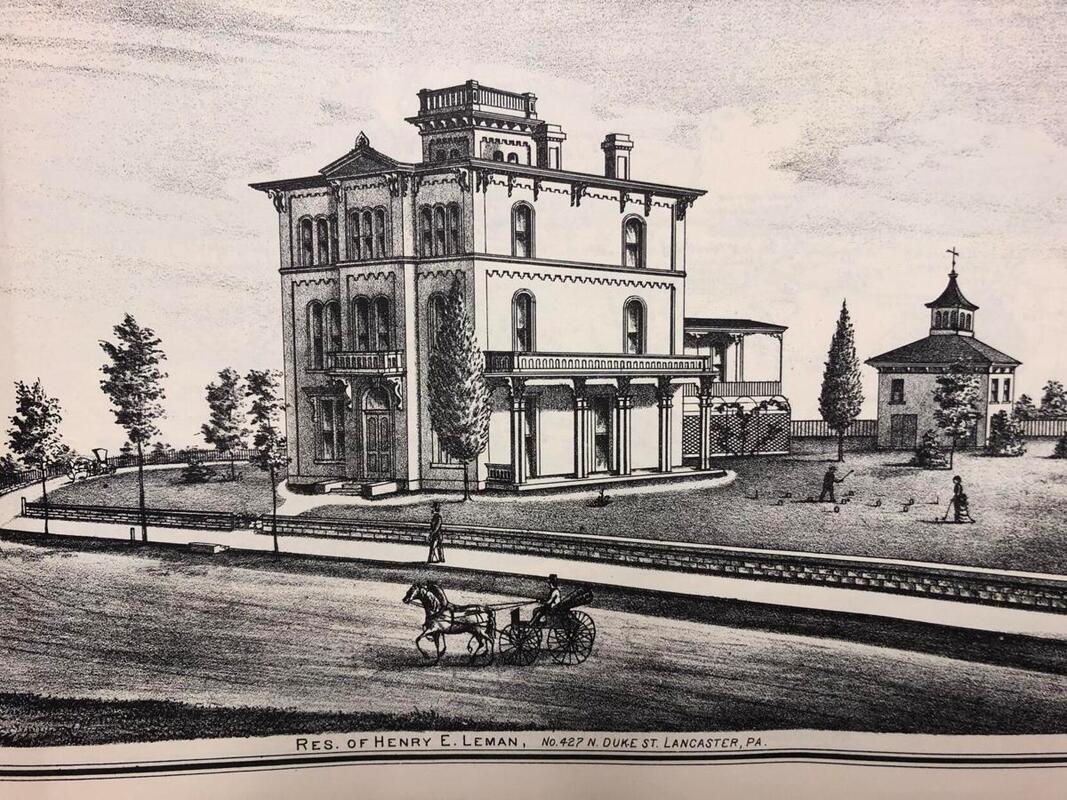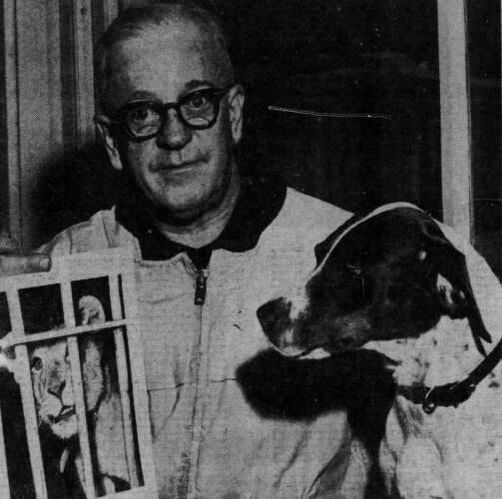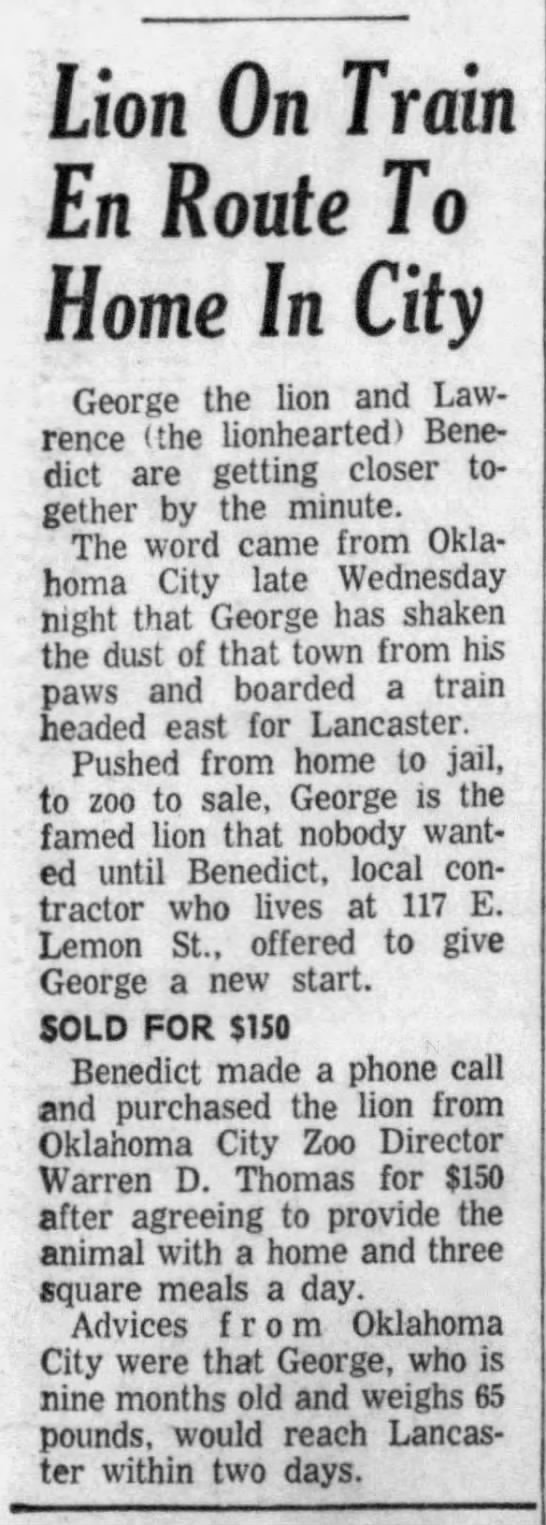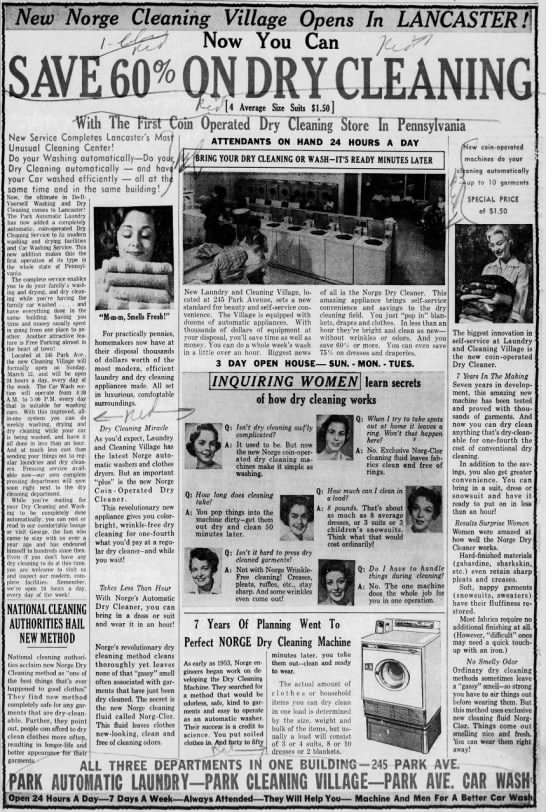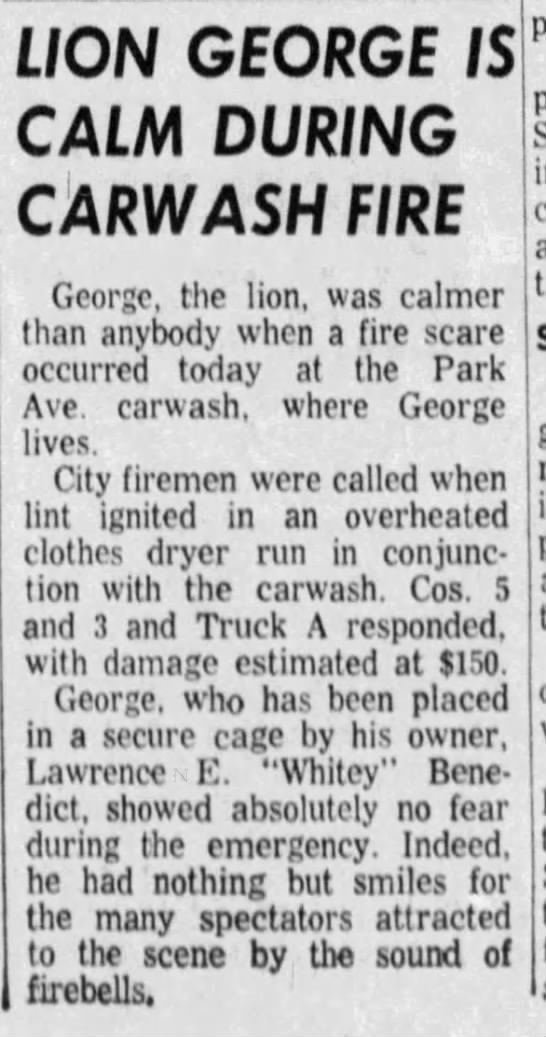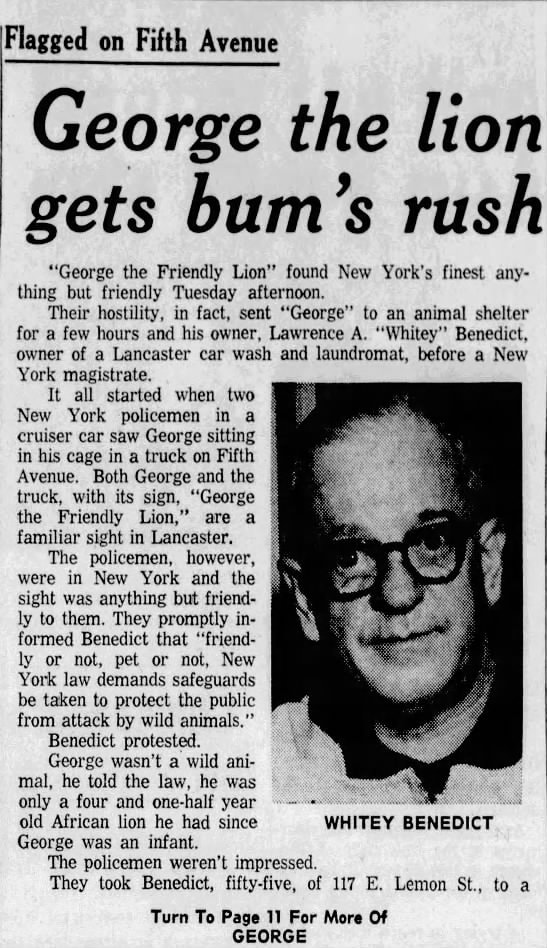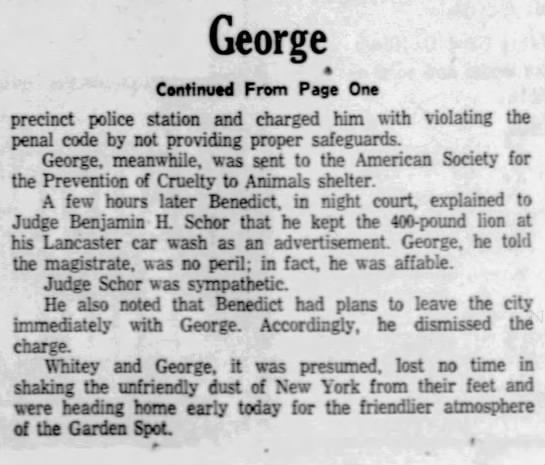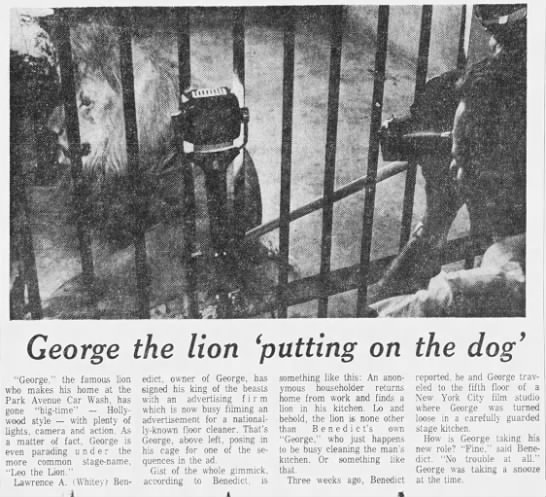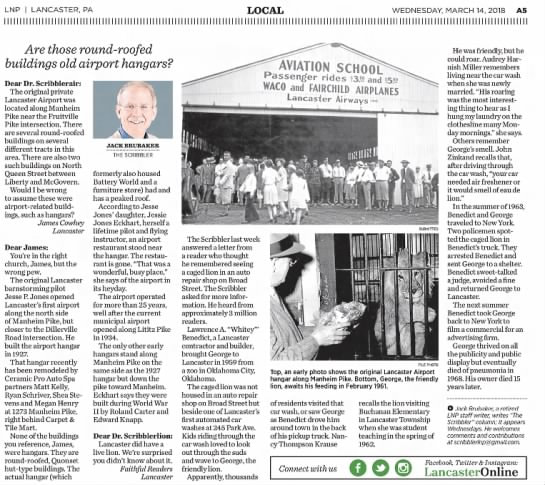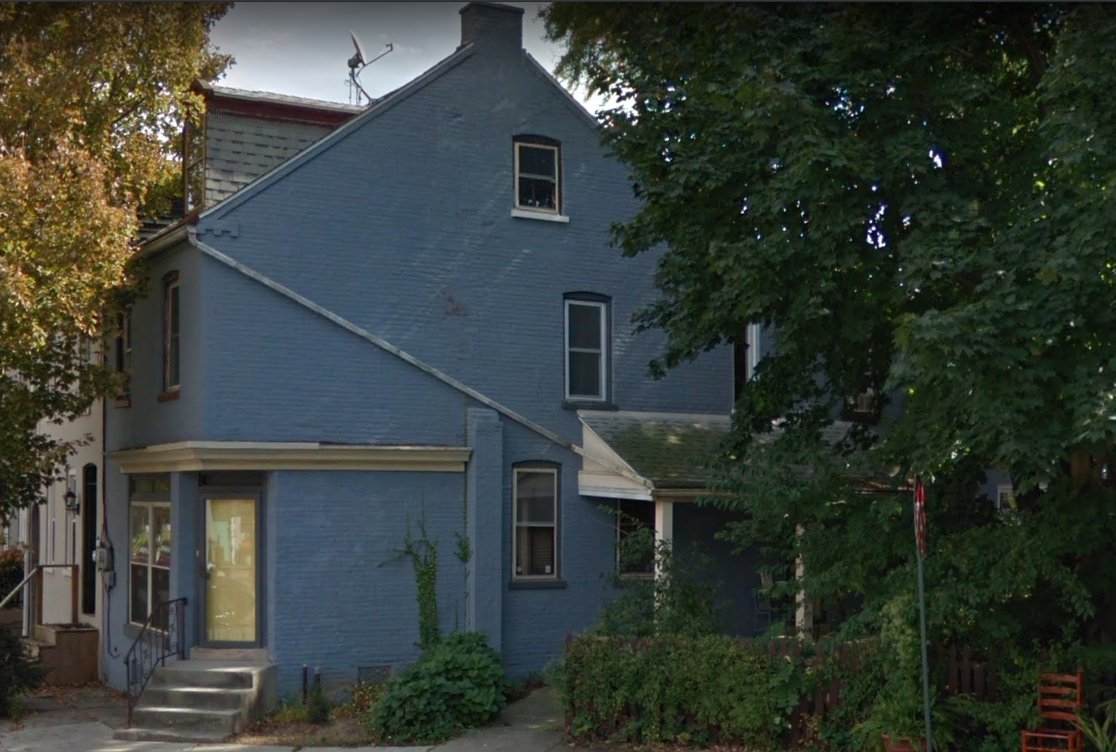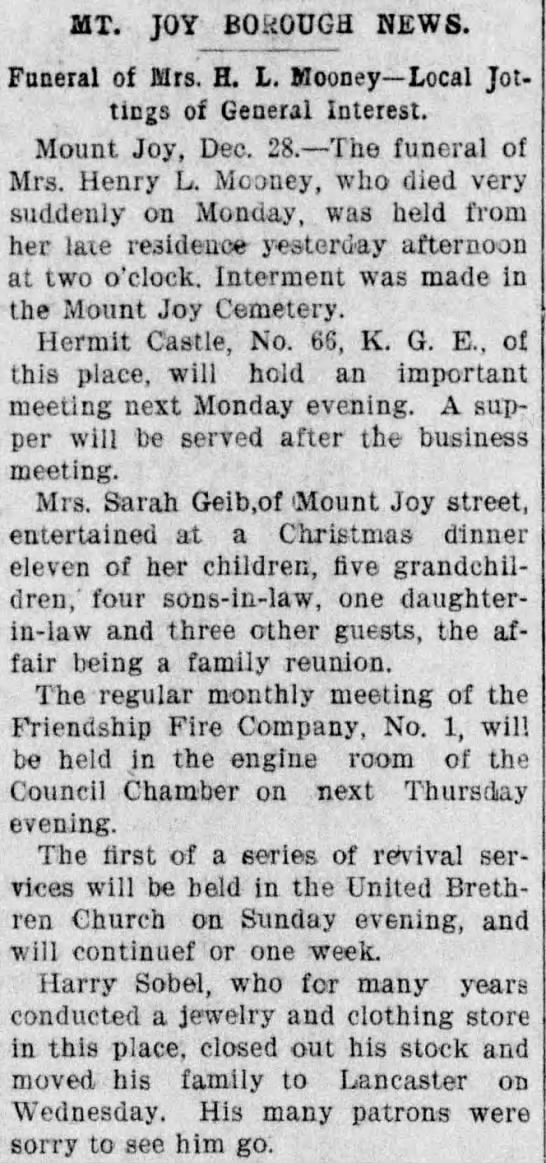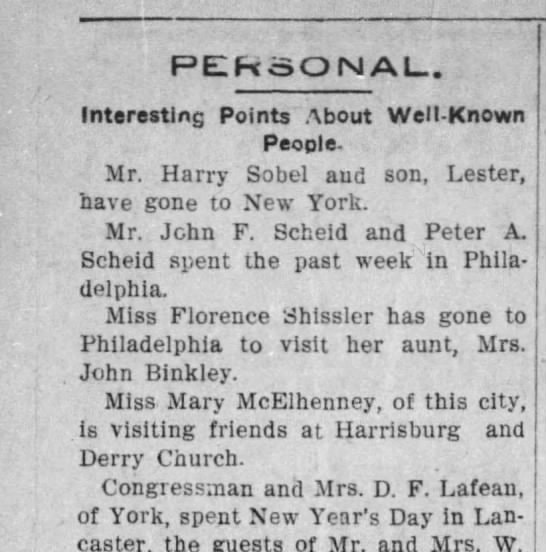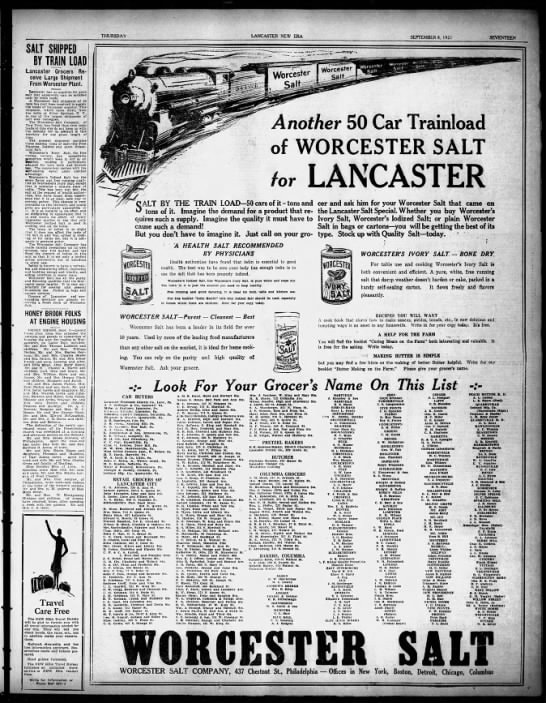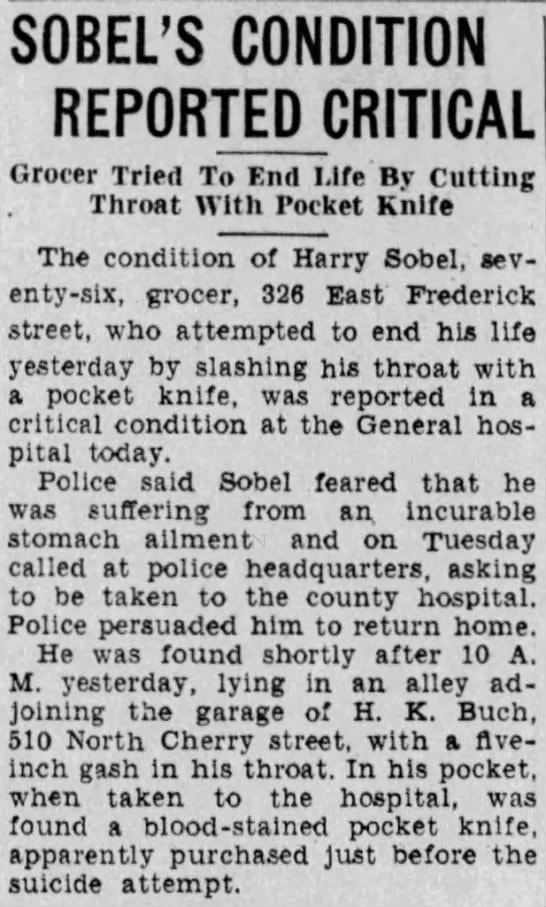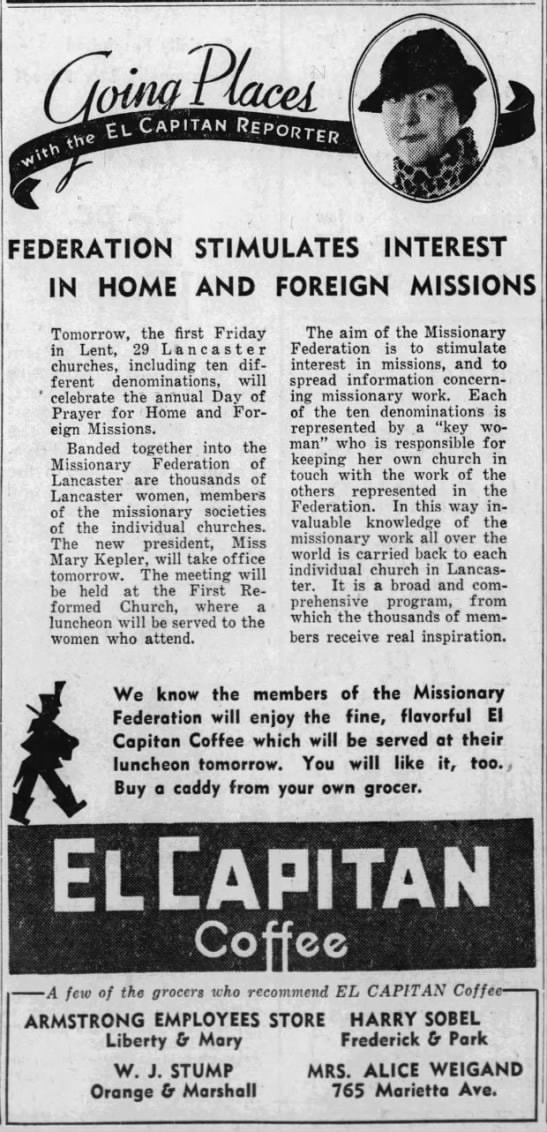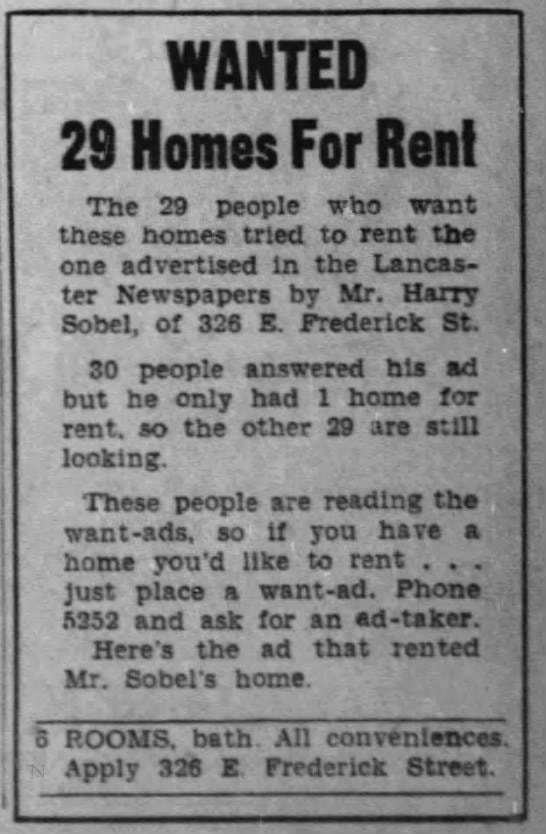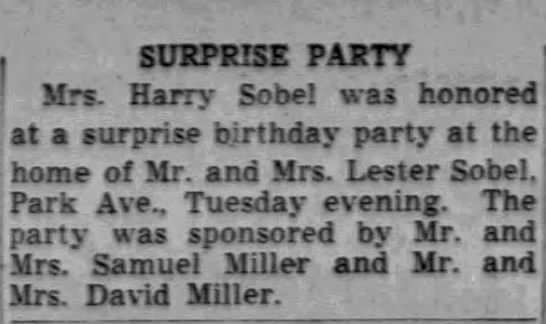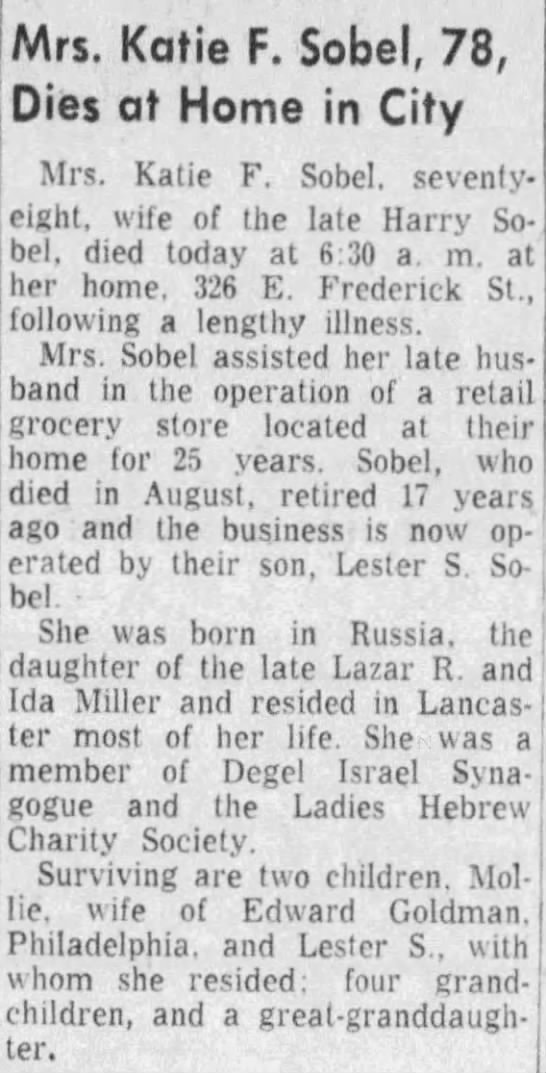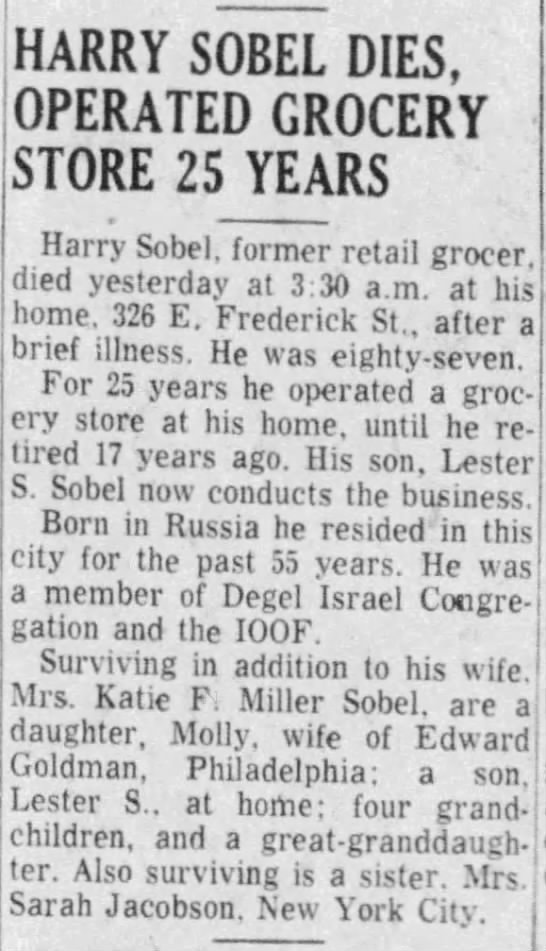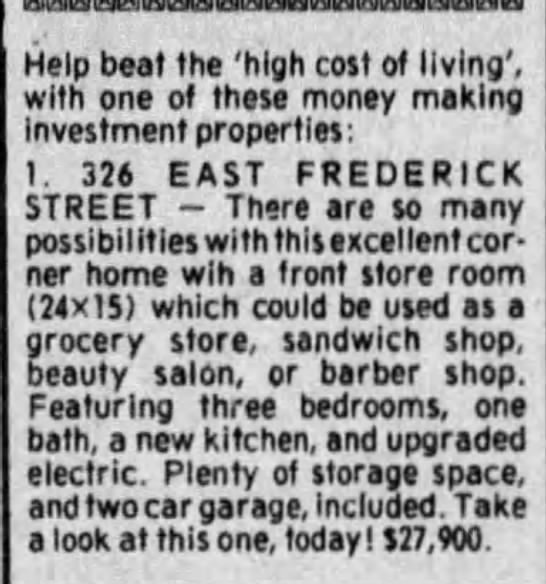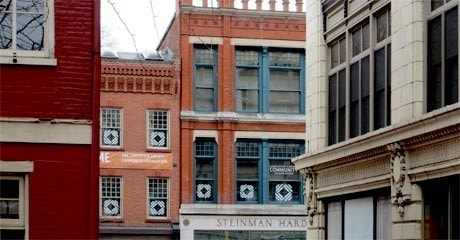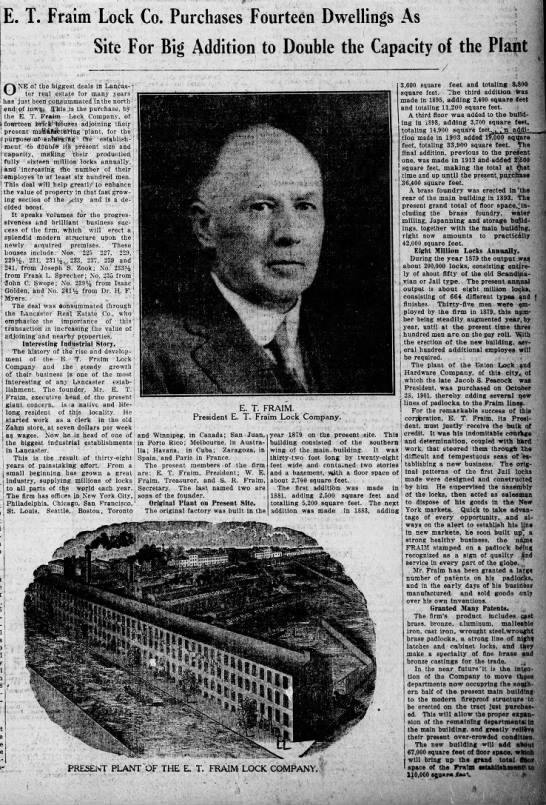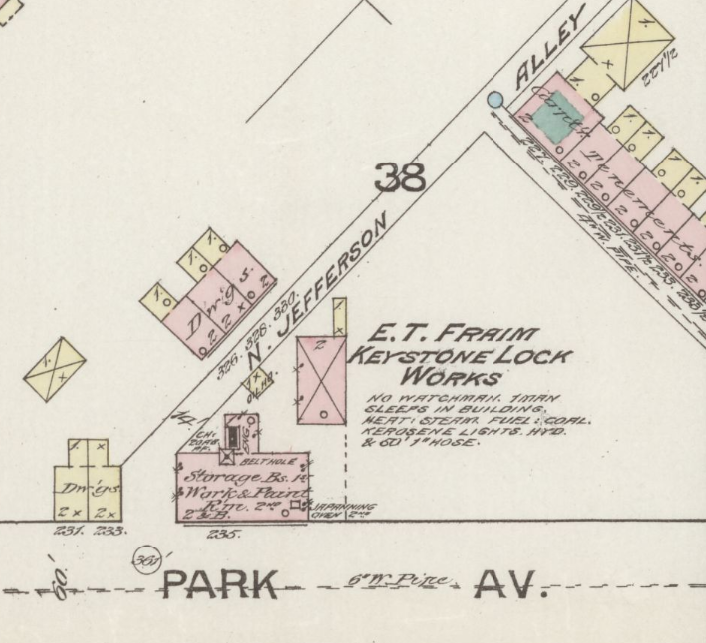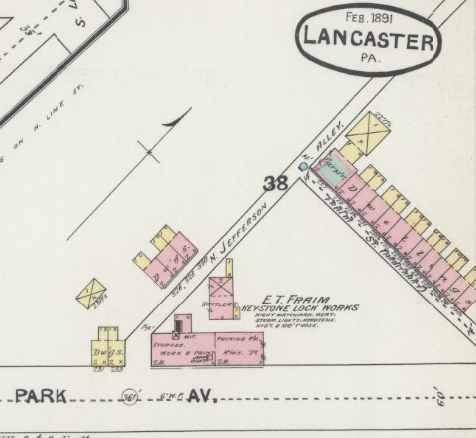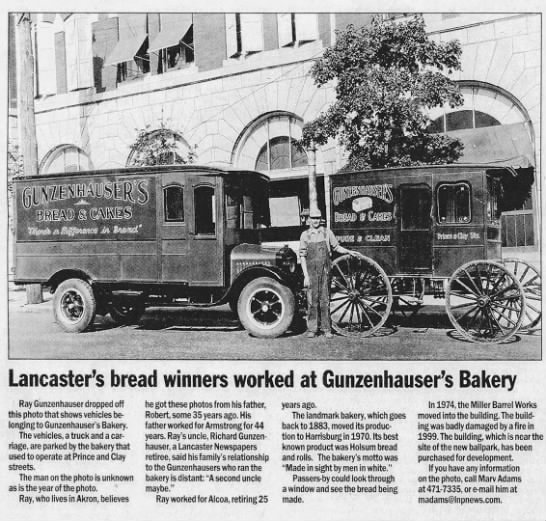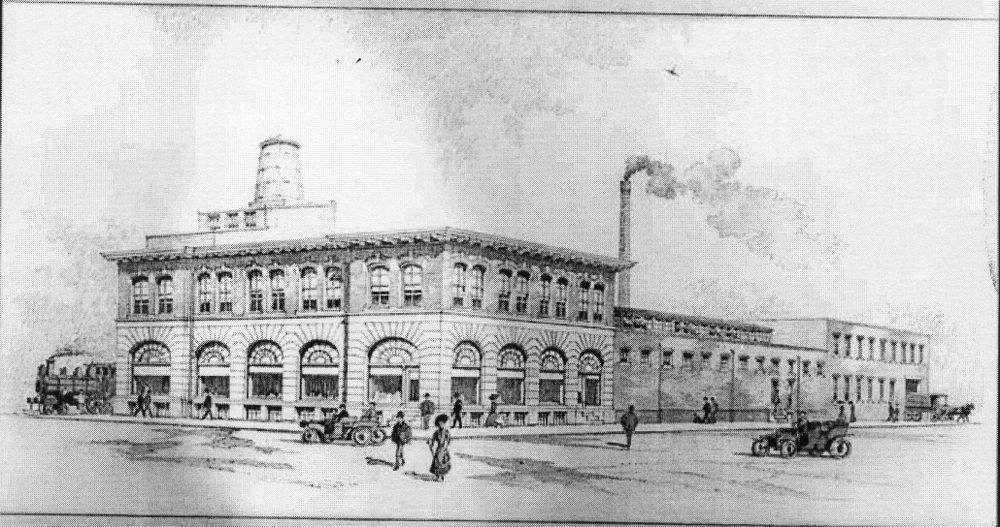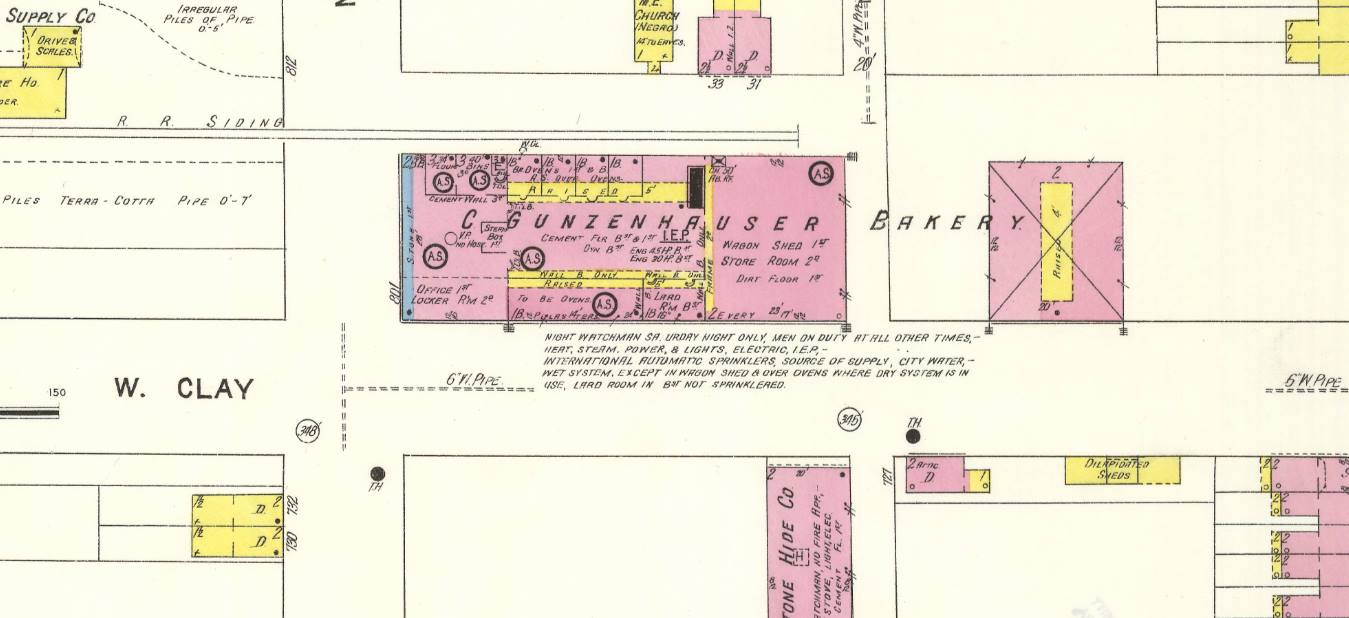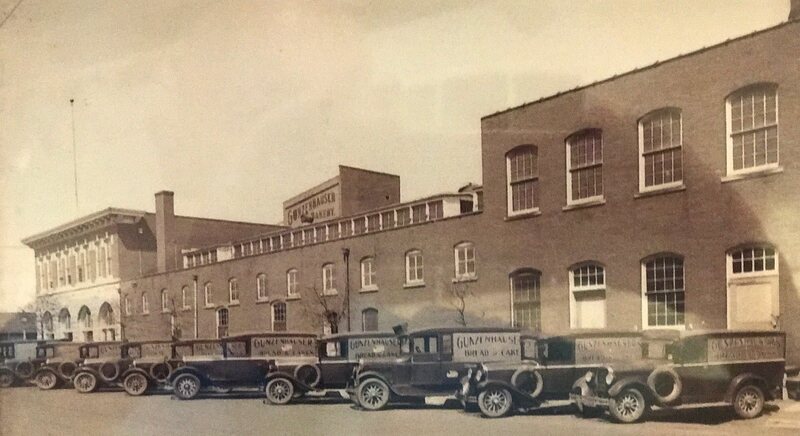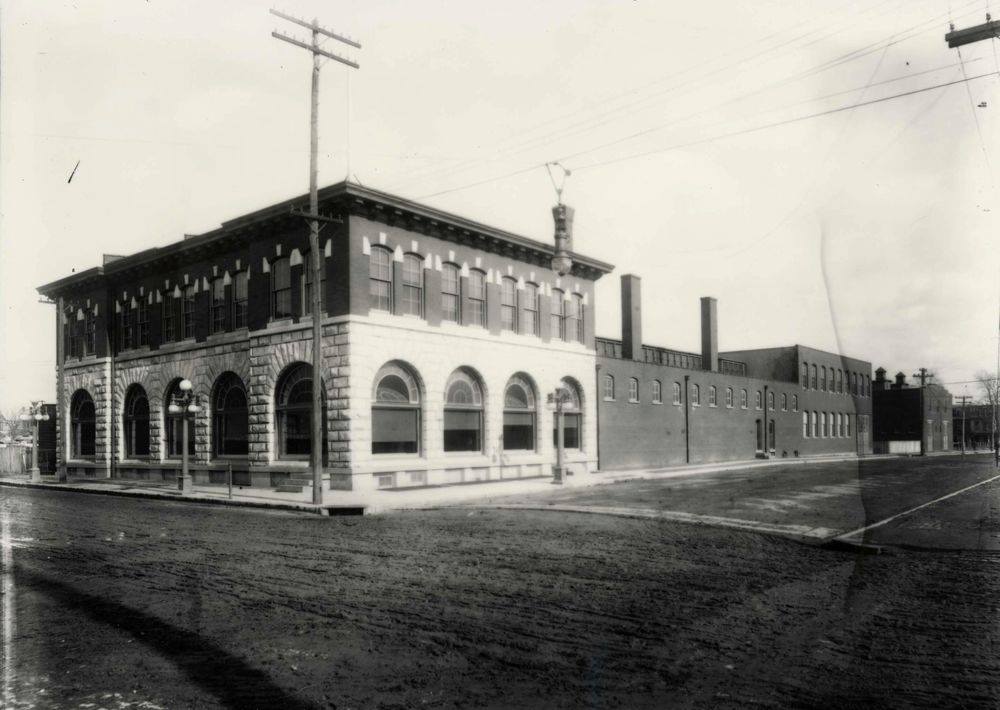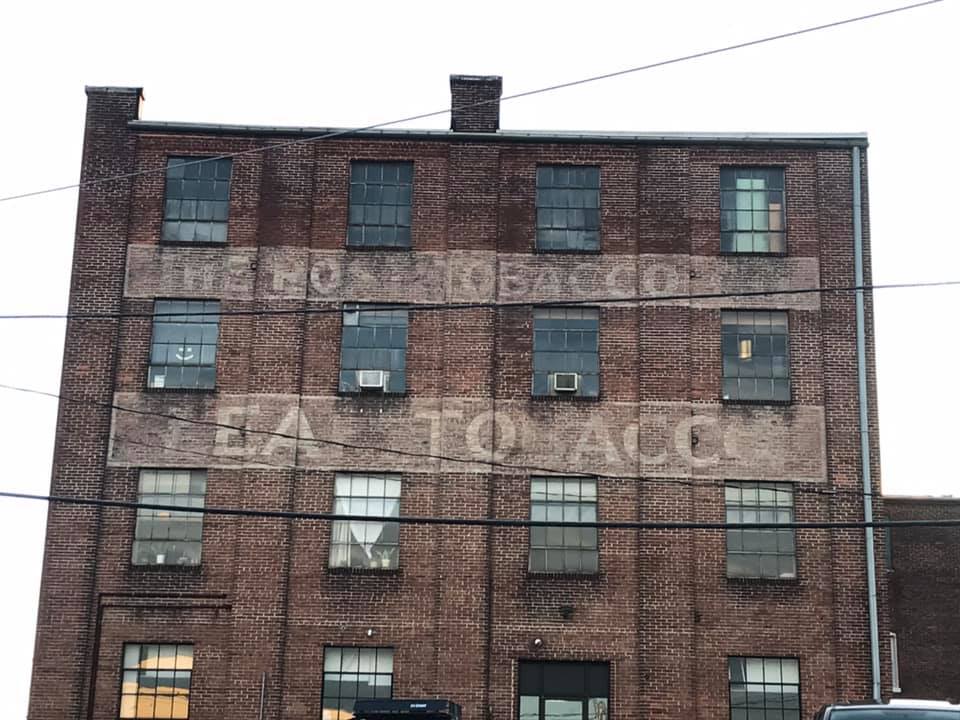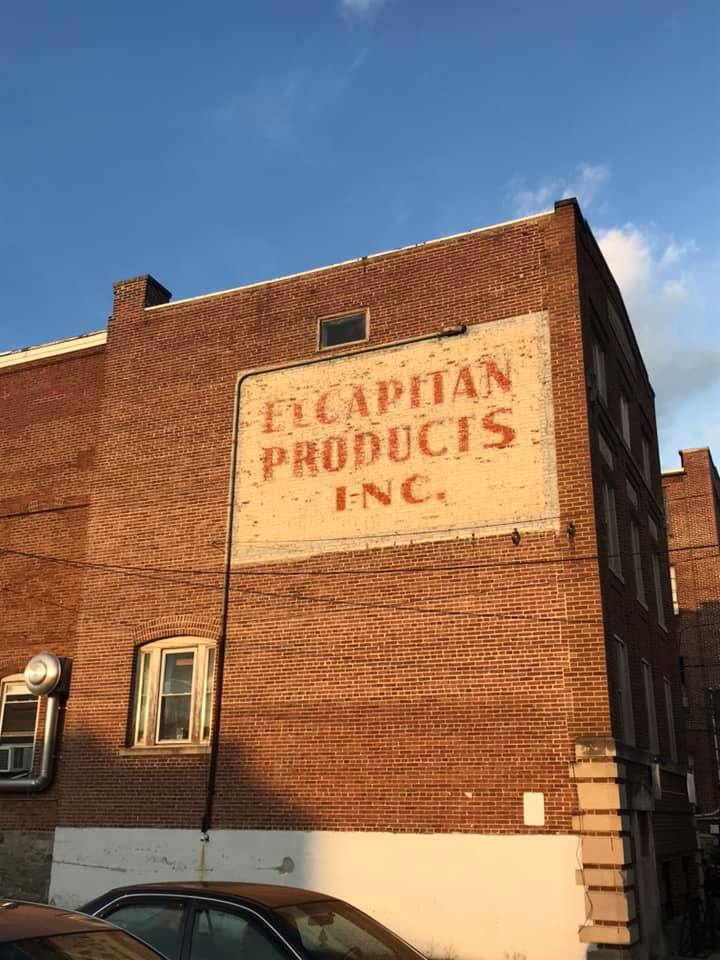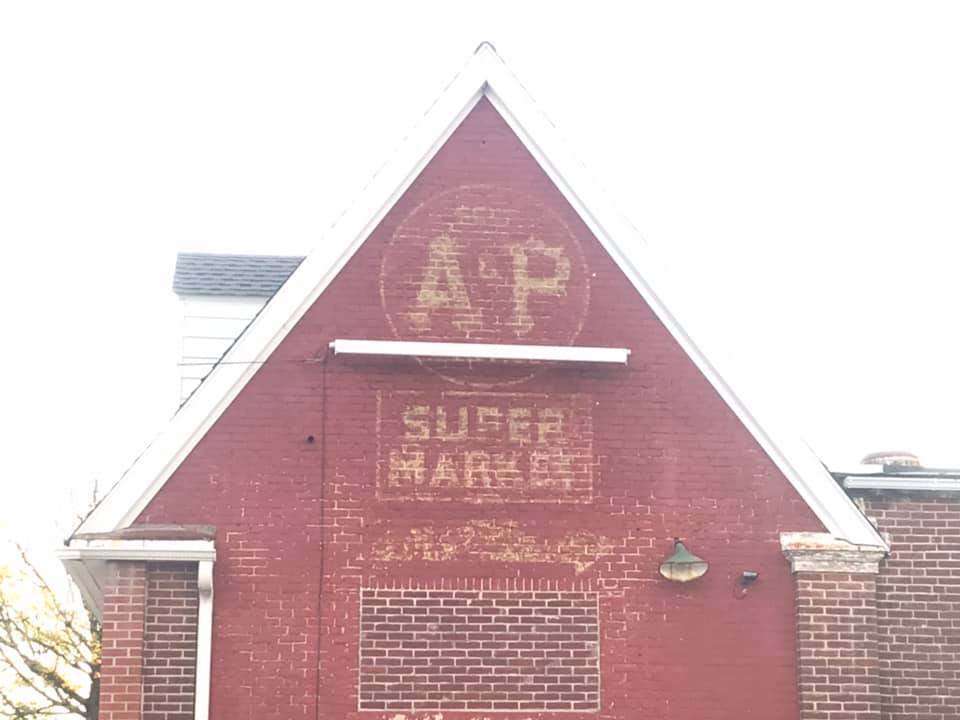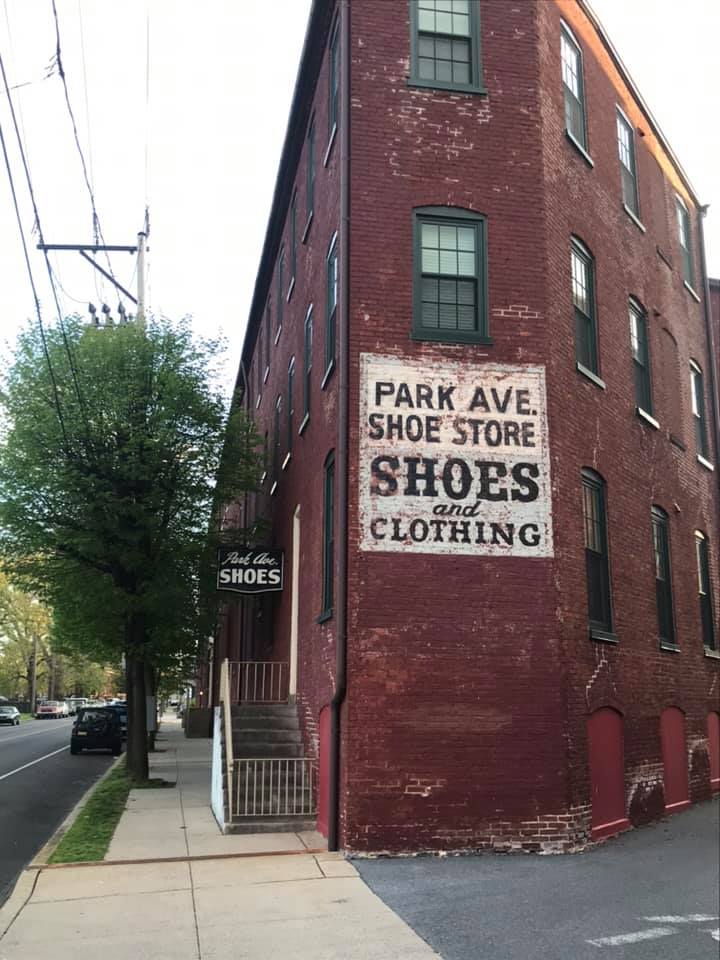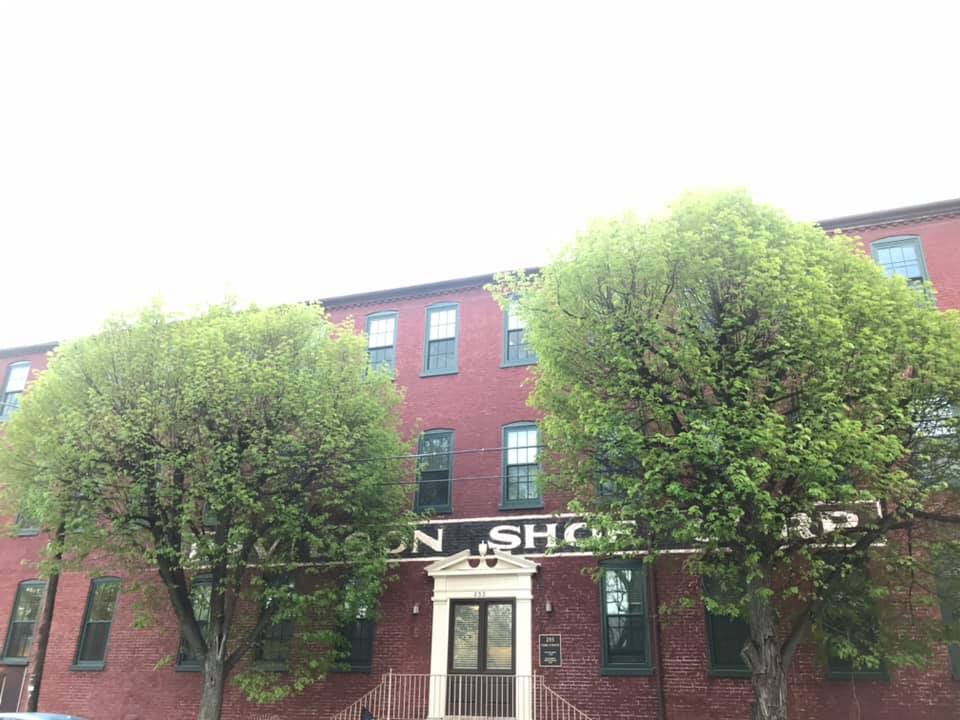|
Lancaster's Northeast is home to the historic Lancaster Cemetery, Saint Mary's Cemetery and Cemetery Shaarai Shomayim. While there are many stories to be told about the inhabitants of our local cemeteries, I found something noteworthy about Lancaster's history in the Greenwood Cemetery at the southern end of our City. The first private crematorium was built in 1876 by Dr. Julius LeMoyne in North Franklin Township, Washington County. His theory, that the four-hour cremation (actually a 48 hour process from pre-heat to cool down) was "merely accelerating the natural process of decay", took time to become accepted. The one at Greenwood, the first public crematorium in the United States, was built a few years later in 1884 by surgeon Miles L. Davis. Dr. Davis was an expert in contagious diseases and his services became in demand in larger cities in the Northeast US as populations grew and doctors were searching for a way to safely return bodies that were overcome by infectious diseases. Remarkably both of these buildings still stand. The Lancaster Crematorium was built in the Late Gothic Revival Style, measures 48'x32' and has a moderately pitched gable roof. It was added to the National Register of Historic Places in 1983.
I shared a few articles below that display the conversation and controversy surrounding Lancaster's first crematorium, as well as later articles placing the crematorium into the larger historical narrative.
0 Comments
John Bitner built the mansion on North Duke Street about 150 years ago. I searched the newspaper archives for references to John Bitner and further modified my search to include references to the Duke Street address. I found a few interesting articles highlighting the people who called this home. I hope you enjoy!
"There aren't too many people in Lancaster who have contributed as much to the welfare of this city as Simon A. Cantor. Successful businessman and tireless promoter of downtown Lancaster, he was also as active in civic affairs as anyone." - January 27, 1982 Lancaster New Era
I recently read an article in our local newspaper about Italianate architecture and noticed a feature common on many roofs in coastal towns close to my childhood home. Walking through towns in the Jersey Shore, I often looked for 19th-Century buildings with Widow's Walks and was surprised to see a similar style here in Lancaster known as the Belvedere. I was intrigued.
The image of the Belvedere sparked my interest and I read on. I was hoping to find information about the Belvedere Inn on North Queen Street, but instead learned about the nearby home of Henry E, Leman on North Duke Street (pictured above). I searched the address and only found a parking lot for the Golden Living nursing home. I was disappointed that such a beautiful example of architecture was lost! As I zoomed in on the Google Map, I found what appears to be a carriage house that is still standing at the back of the property, facing Cherry Street. The roof appears to even have a flat area where a cupola would have once stood. I consulted a Sanborn Map from 1891 and believe this building to be the same. Took a deeper dive and discovered that at one time Samuel R. Slaymaker lived here. After a career with the Pennsylvania Railroad and the Pennsylvania Traction Company, he founded the Slaymaker Lock Company, one of the largest producers of padlocks in the world. He purchased the Lancaster Examiner and New Era. He was also the owner of the Woolworth Building downtown and White Chimneys, the Slaymaker's family historic home built in 1779 and now an event venue (each of these places has a history worth researching). When can we binge the story of Lawrence "Whitey" Benedict and George the Lion on Netflix? Not in the foreseeable future. So let me tell you about what I learned about Lancaster's very own Lion King... Lawrence Benedict always wanted to own a lion. When Benedict heard the story of George, a playful lion cub that was up for adoption, he made a phone call to the Oklahoma City Zoo Director Warren D. Thomas. George was refused admission to the zoo, because they already had too many lions. George was doing time in an Oklahoma City jail cell for tearing up his previous owner's draperies and upholstered furniture. Fortunately, Benedict was chosen over 2,100 applications and bailed George out of jail for $150. The lion arrived on train a few days later. High Companies furnished a concrete and steel cage which was placed at his new home: the 245 Park Ave Car Wash and Automatic Laundry. Everyone was happy except Mrs. Benedict, who declared with certainty, "I won't feed the lion." The then 65-lb lion cub had quite an appetite, he ate four pounds of horse meat for his first meal. Although the City fathers had rules for pigeons, chickens and dogs, they had overlooked a lion. I wonder if there is a law in the books today.
In the Lancaster City of yesteryear, there were numerous Mom and Pop shops in every neighborhood. The corner grocer was a familiar, trusted person in the community where parents would send their children to pick up a few items and students could stop by for a piece of candy on their way home from school. Although only a few active businesses remain, it is easy for even a casual observer to find clues that identify where others once stood -- like this one pictured at 326 East Frederick Street (corner of Park Ave).
Harry Sobel, Grocer Harry Sobel was born in Russia. He resided in Lancaster City for 55 years -- he left Mount Joy in December 1900 where conducted a jewelry and clothing store. For 25 years he operated a grocery store at his home on the corner of East Frederick Street and Park Ave. When he retired, his son Lester continued with the business. He was a member of Degel Israel Congregation and Independent Order of Odd Fellows IOOF. In the early 1900s, a time when travel was newsworthy, Harry Sobel sent two first-class tickets to his mother and sister in Germany. A few years later, he took his son Lester to New York City in 1908, perhaps to visit his sister and see the Big Apple. I found two interesting advertisements for Harry Sobel's grocery: The first, for the season of Lent on March 7, 1935 the Missionary Federation of Lancaster teamed with El Capitan Coffee to provide coffee for their Annual Day of Prayer luncheon at First Reformed Church. The second, a September 8, 1927 ad announcing the arrival of another 50 car trainload of Worcester Salt destined for Lancaster grocers, including Harry Sobel. The latter will provide a springboard for further research into Lancaster's grocers. Sadly, I learned that on April 1, 1936, at the age of 76, he attempted suicide by slashing his throat with a pocket knife. The five inch gash that severed his jugular vein left him in critical condition, but he recovered and returned home ten days later. I don't know what the next decade looked like for Mr. Sobel. On August 24, 1955, 17 years after his retirement and at the age of 87, he passed away at home after a brief illness. His wife Katie F. Miller Sobel, was born in Russia, but resided in Lancaster for most of her life. She was a member of Degel Israel Synagogue and the Ladies Hebrew Charity Society. She assisted her husband in the operation of the grocery at their home for 25 years. On July 20, 1944, Mrs Sobel was honored at a surprise birthday party that made local news. She passed away October 20, 1955 only a few months after her husband Harry at the age of 78. Over the years, there were numerous postings in the classified section of our local newspaper. I clipped a few to show how much prices have changed: 1929 - 7 room brick house and summer kitchen, all improvements including a white enamel gas range for sale $4,200; 1933 - 7 rooms with a bath, conveniences and near trolley $19 monthly rent; 1965 - 3 bedrooms all conveniences $50 monthly rent; 1979 - could buy you many possibilities with a corner retail location and rental above for sale $27,900. In fact, in March 1935, demand was so high for rentals that the local newspaper touted Sobel's effective want-ad as a reason to encourage more people to place an ad for their rentals. Looking for a great place to start? At Visit Historic Lancaster, you will find ten stories that shaped Lancaster over the past four centuries. Each story is a starting point into further research. Enjoy!
Whenever I walked past Park Ave Apartments, I would look at the current building now housing affordable apartments, the warehouse turned into luxury condos, and an often empty parking lot behind. What was there? Now, I have a little more background thanks to Sanborn Fire Insurance Maps dating back to 1886 and a Lancaster New Era clipping from 6 January 1917. In one of the "biggest deals in Lancaster real estate", E.T. Fraim Lock Company purchased the entire row of 14 homes along what was the 200 block of Hamilton to double the capacity of the plant. The new building brought the grand total to 110,000 square feet, increasing production to 16 million locks annually. 600 men worked there. This building is familiar to those who drive down Prince Street or are walking to Clipper Magazine Stadium. This is the Gunzenhauser Bakery, the second of two. The first bakery was located on North Mulberry street, started by Christian Gunzenhauser, a German Immigrant. Operations began to expand after a short time in business, and in 1911 the second bakery was designed and then built at Its present site. The first building was designed by the Architect Charles Balderson of Philadelphia while the second addition was done by Lancaster's Own C. Emlen Urban. In the front of the building shoppers would walk past the massive stone arched windows to see a fresh selection of baked goods, while in the rear was the heart of the operation where bread was "Made in sight by the men in White". This was one of the bakery's slogans that alluded to its cleanness, since the FDA was still in its infant phase at the time. Later on Holsum Breads bought the Bakery and used it until moving the operation to Harrisburg in the 1970s. It then changed hands with Miller Barrel Works as a contaminated barrel cleaning site. In 1999 a massive fire gutted the building and has sat dormant ever since. For more information here are two links: https://lifewithldub.blogspot.com/2018/07/the-gunzenhauser-bakery-part-1-life-of.html https://lancasteronline.com/features/home_garden/architect-s-designs-help-trace-christian-gunzenhauser-s-rags-to/article_b8443fcc-222c-11e8-9b45-9fd65401d639.html A ghost sign is an old hand-painted advertising sign that has been preserved on a building for an extended period of time. The sign may be kept for its nostalgic appeal, or simply indifference by the owner. Here are a few from a bygone era that linger in our neighborhood, a little more on each sign is in the caption. If anyone else knows where other signs are in the northeast don’t hesitate to share them in the comments. |
Archives
February 2021
Categories
All
|
